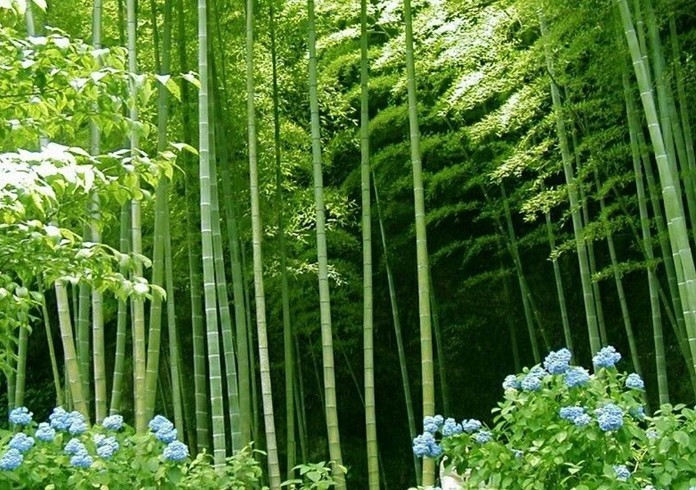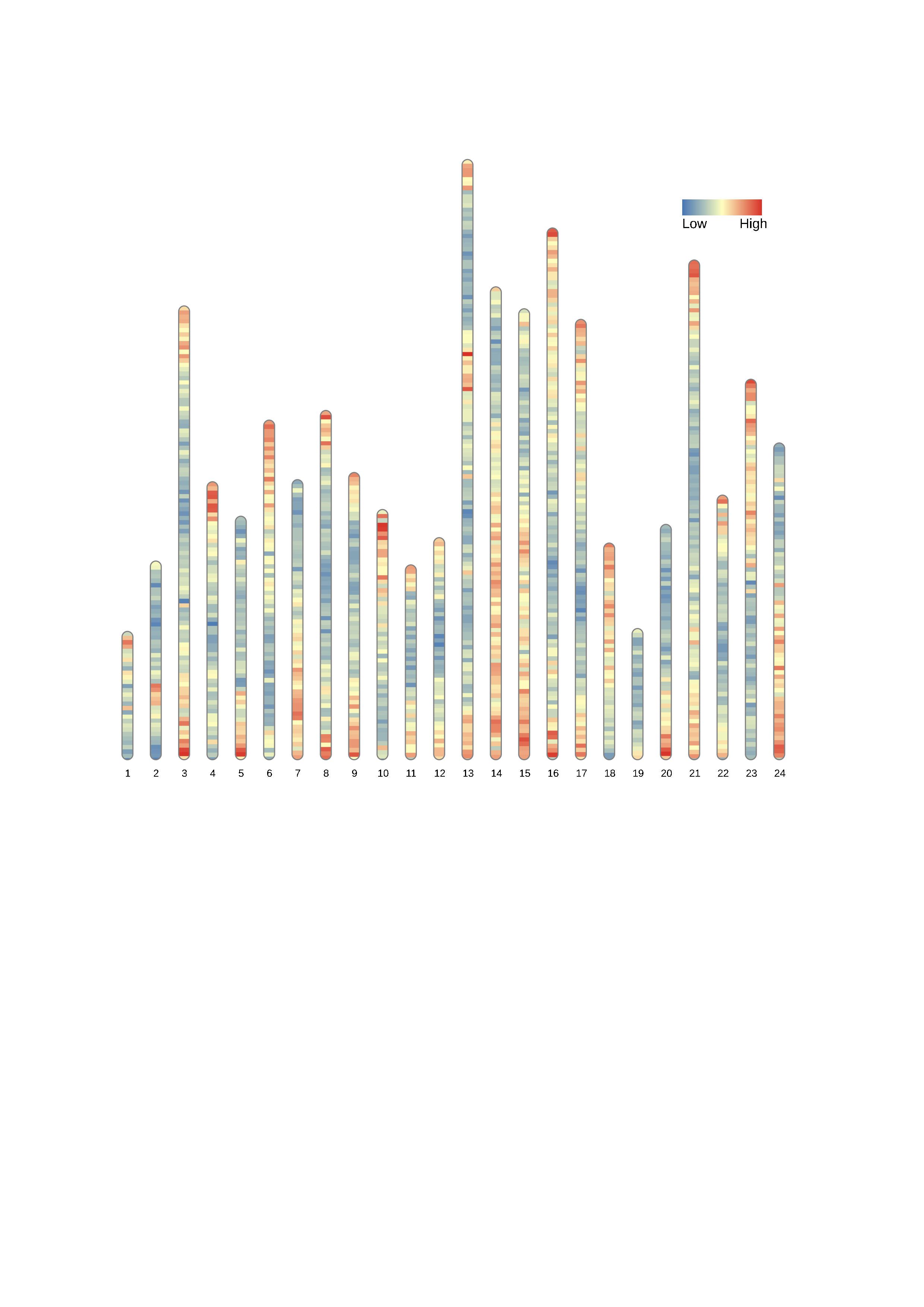Common name: Moso bamboo
Scientific name: Phyllostachys edulis
Chinese name: 毛竹
Taxonomy
Angiosperms/Monocotyledoneae/Gramineae/Phyllostachys/Phyllostachys edulis
Overview
China is home to 85% of the world's phyllostachys pubescens growing south of the Yangtze River. It is widely distributed in 400 ~ 800 meters of hilly, Low Mountain Piedmont Zone, with Changning District, Jiang'an County, Xingwen County and other counties most concentrated. 1737 was introduced to Japan and later to Europe and the United States.
Phyllostachys edulis is one of the most widely used bamboos in Bamboos, and also one of the most widely used trees in forest wood and bamboo. The use of Phyllostachys Dulis is closely related to people's daily life, and plays an important role in people's clothing, food, shelter, transportation, sight, function and decoration. It has many functions such as material use, food use, medicine use, ornamental use, feed use and environmental protection, is pollution-free Green Treasure House in a Bright Pearl, is the ideal species to build a Green Bank.
Genomic information
Choromsome number : 2n=2X=48
Protein coding genes : 50936
Genes assembled on chromosomes : 49085
Total genome size(Mb) : 1908
Mapped sequence size(Mb) : 1774
Number of scaffolds : 19285
Scaffold n50(Mb) : 0.89
Data sources
Date download
genomic.cds: protein.faa: genomic.gff:

